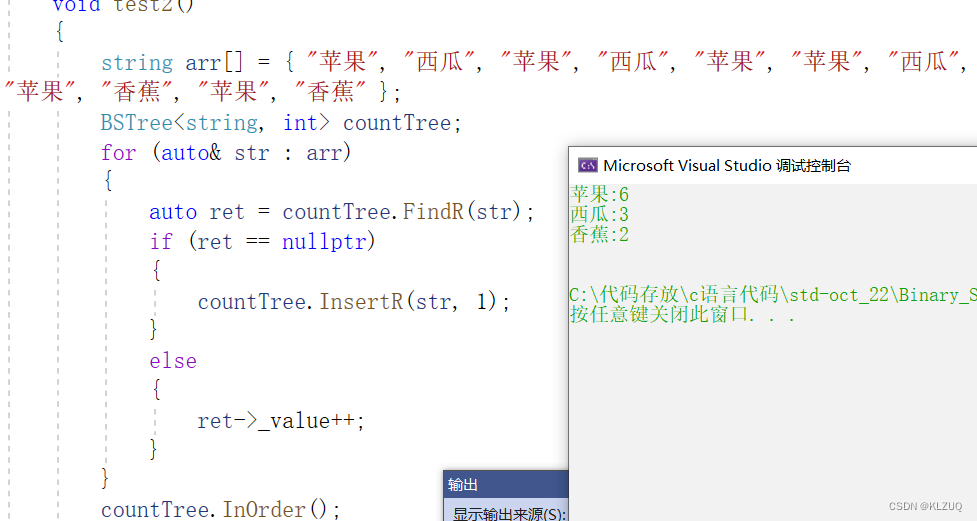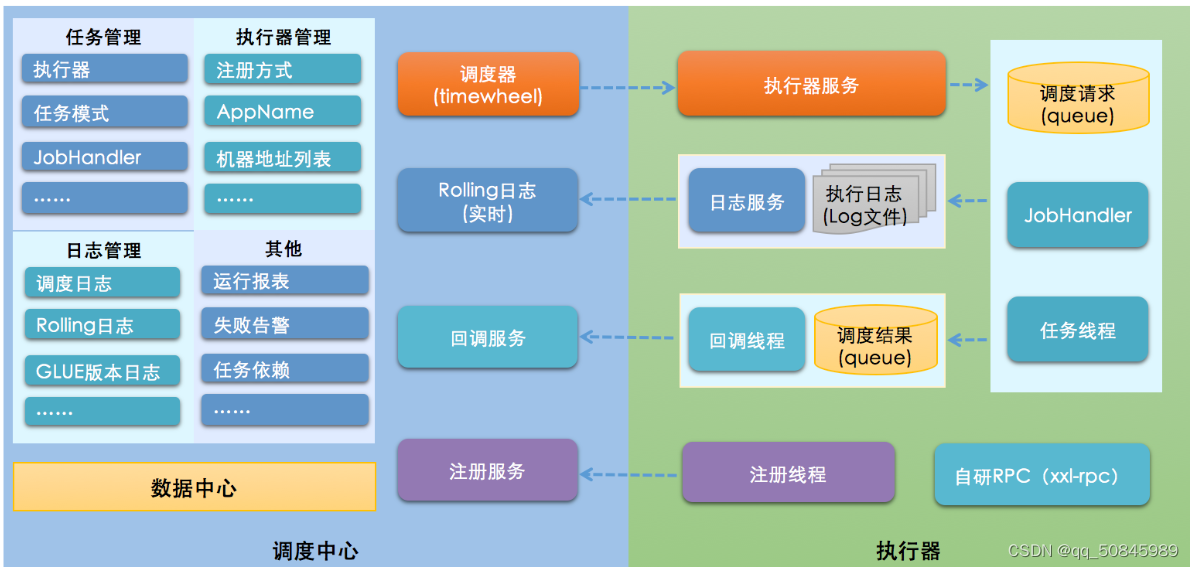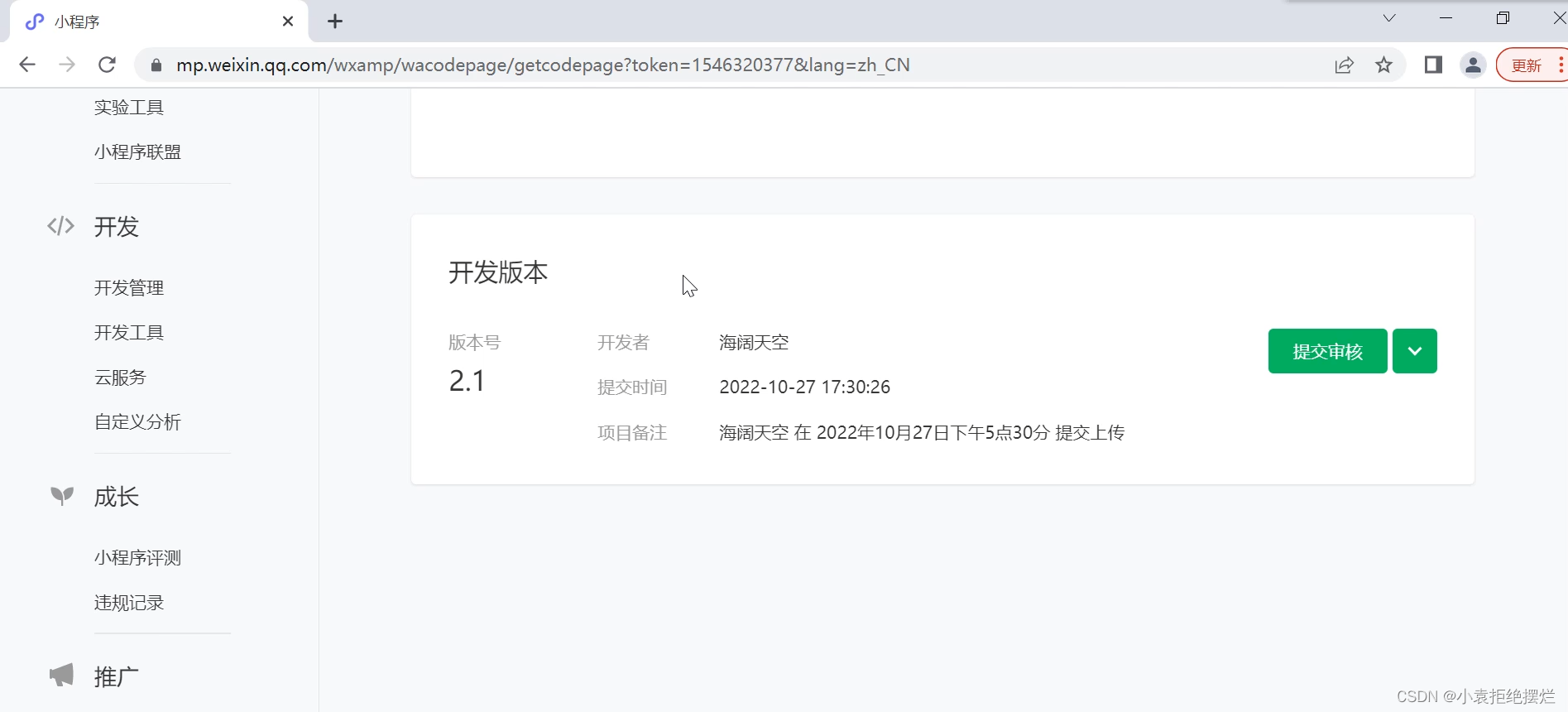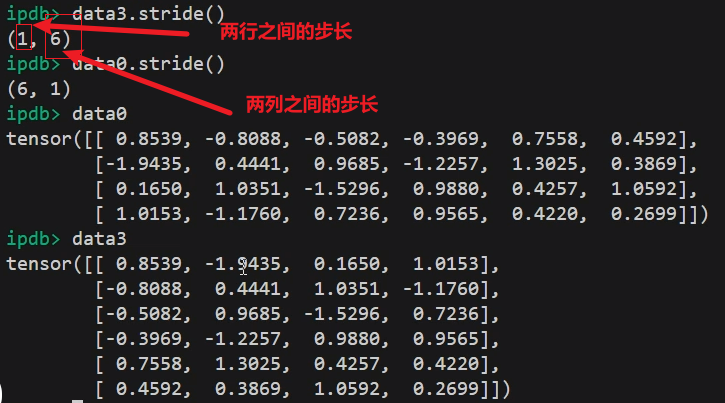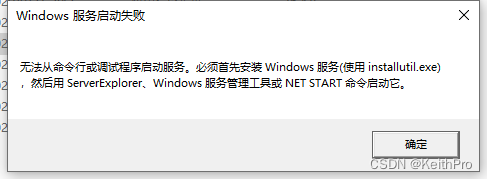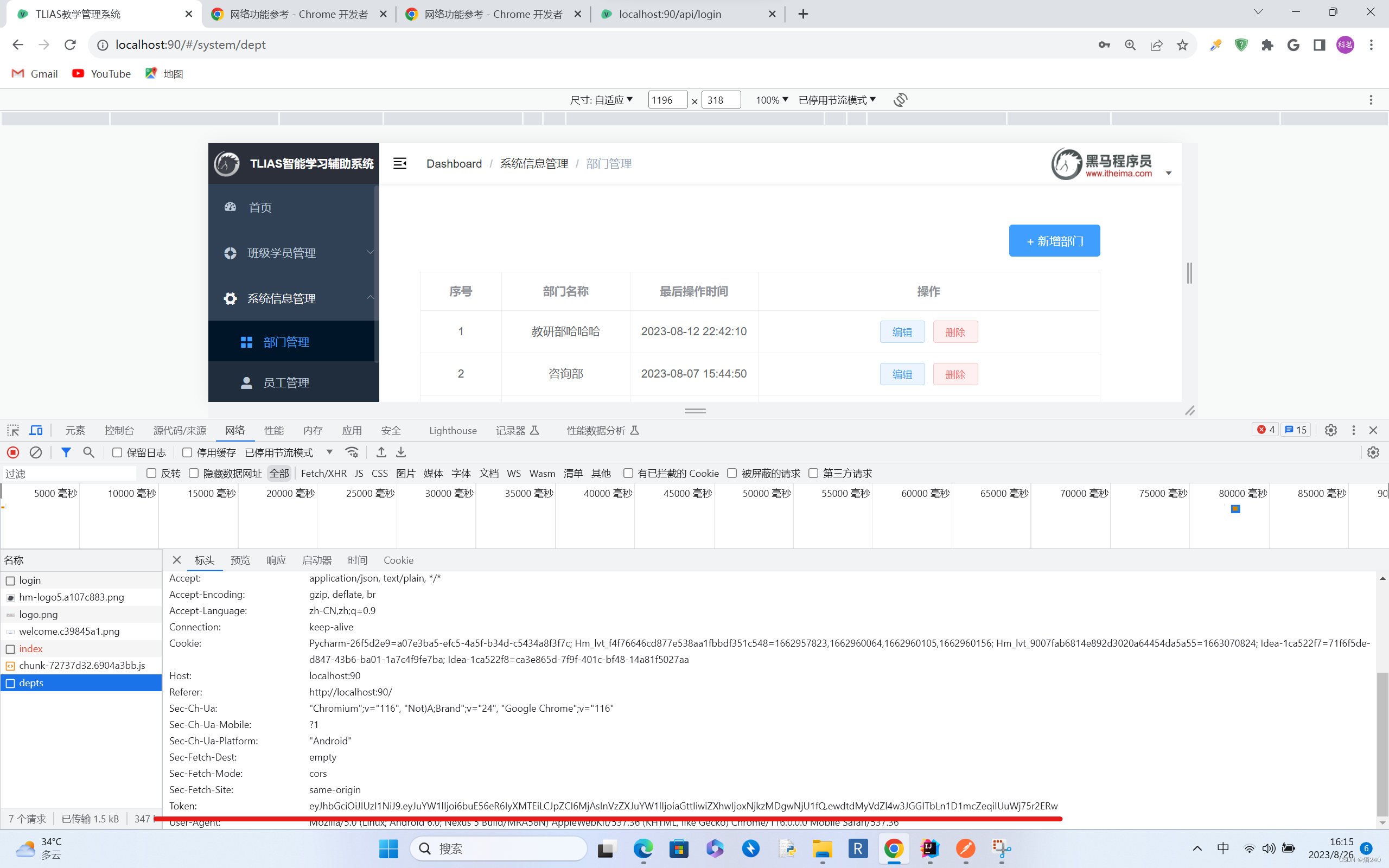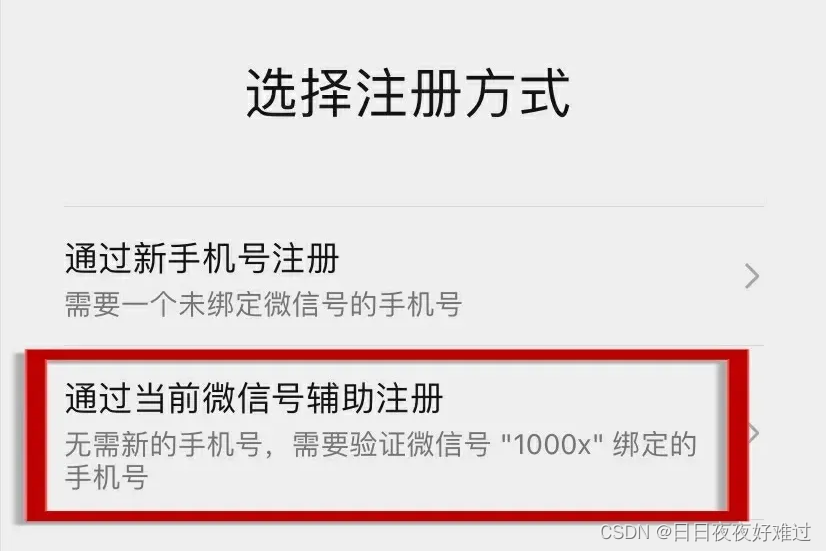线性数据结构
链表 LinkList
链表的数据结构
一组由节点组成的数据结构,每个元素指向下一个元素,是线性序列。
最简单的链表结构:
- 数据
- 指针(存放执行下一个节点的指针)
不适合的场景:
- 需要循环遍历将导致时间复杂度的提升
链表分类—单向链表
链表结构:
- 数据
- 指针 Next(指向下一个节点)
链表分类-双向列表
链表结构:
- 数据
- 指针 Next(指向下一个节点)
- 指针 Prev(指向前一个节点)
链表分类-循环列表
链表结构:
- 数据
- 指针 Next(指向下一个节点,最后一个节点指向第一个节点)
实现一个双向链表
实现链表节点:
public class Node<E> {E item;Node<E> prev;Node<E> next;public Node(E item, Node<E> prev, Node<E> next) {this.item = item;this.prev = prev;this.next = next;}
}
在头节点之前插入节点:
void insertNodeBeforeHead(E e){
final Node<E> oldHeadNode=head;
final Node<E> newHeadNode=new Node<E>(e,null,oldHeadNode);head=newHeadNode;if(oldHeadNode==null){// 说明原先链表中没有元素tail=newHeadNode;}else{// 如果有元素,则需要改变头节点的指针指向oldHeadNode.prev=newHeadNode;}size++;}
在尾节点之后插入节点:
void insertNodeAfterTail(E e){
final Node<E> oldTailNode=tail;
final Node<E> newTailNode=new Node<E>(e,oldTailNode,null);tail=newTailNode;if(oldTailNode==null){head=newTailNode;}else{oldTailNode.next=newTailNode;}size++;}
拆除链表:
E unlinkByNode(Node<E> node){
final E element=node.item;
final Node<E> prevNode=node.prev;
final Node<E> nextNode=node.next;// 改变前一个元素的next指针指向的元素if(prevNode==null){// 说明是头节点head=nextNode;}else{prevNode.next=nextNode;node.prev=null;}// 改变后一个元素的prev指针指向的元素if(nextNode==null){// 说明是尾节点,没有下一个元素tail=prevNode;}else{nextNode.prev=prevNode;node.next=null;}size--;node.item=null;return null;}
移除元素:
public boolean removeNodeByElement(E e){if(e==null){for(Node<E> start=head;start!=null;start=start.next){if(start.item==null){unlinkByNode(start);return true;}}}else{for(Node<E> start=head;start!=null;start=start.next){if(start.item.equals(e)){unlinkByNode(start);return true;}}}return false;}
LinkedList 源码解读
继承关系
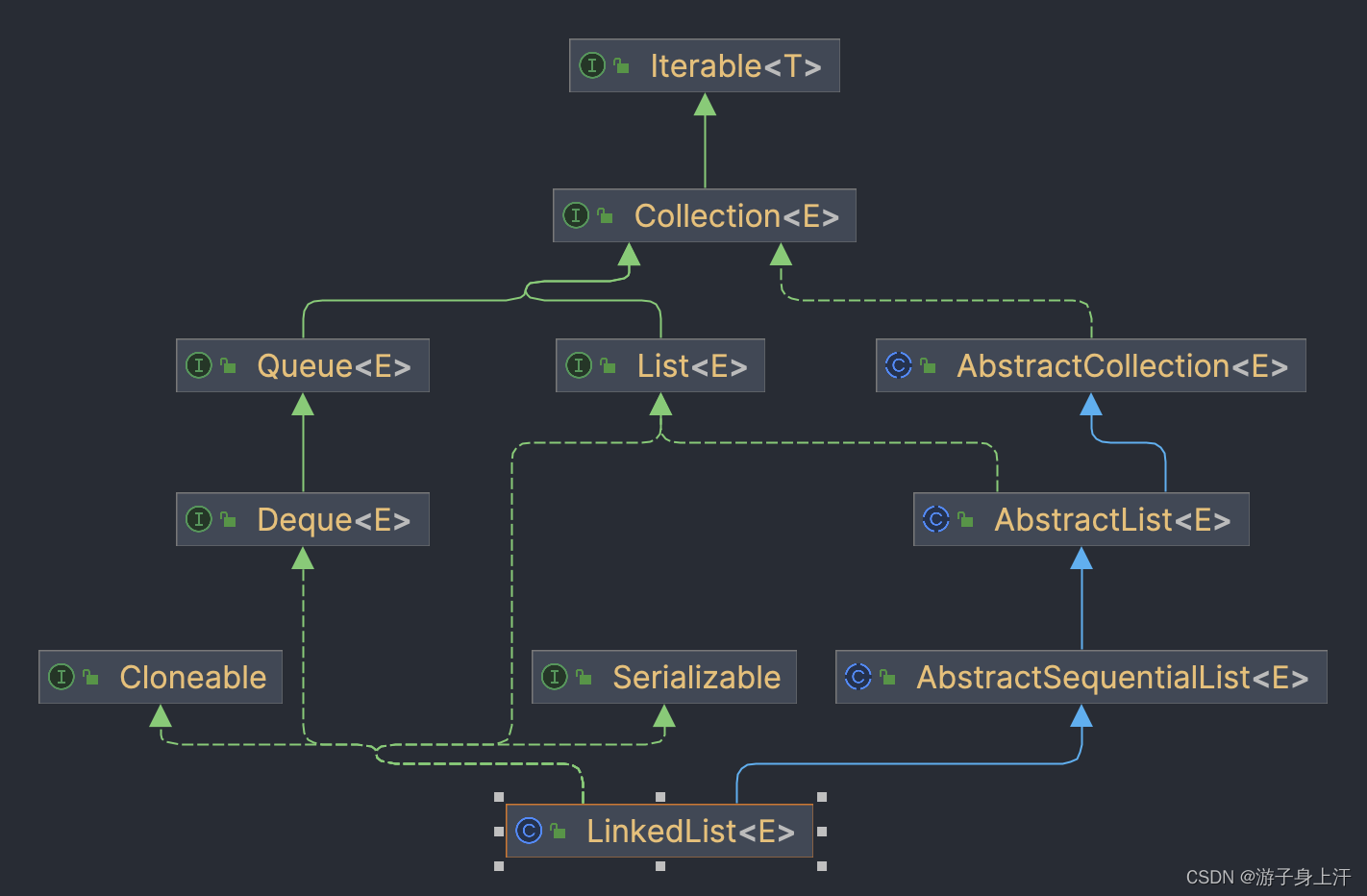
关键属性
transient int size=0;/*** Pointer to first node.* Invariant: (first == null && last == null) ||* (first.prev == null && first.item != null)*/
transient Node<E> first;/*** Pointer to last node.* Invariant: (first == null && last == null) ||* (last.next == null && last.item != null)*/
transient Node<E> last;
Node
其中节点 Node 的数据结构如下,是 LinkedList 的内部类:
private static class Node<E> {E item; // 存储数据Node<E> next; // 指向下一个节点Node<E> prev; // 指向前一个节点Node(Node<E> prev, E element, Node<E> next) {this.item = element;this.next = next;this.prev = prev;}
}
transient 的作用
首先,需要理解 Java 中序列化和反序列化的作用:
- 序列化:将内存中的对象信息转化为二进制数组的方法,可以将数组保存和传输,然后使用原来的类模板恢复对象的信息。
- 反序列化:使用原来的类模板将序列化后的二进制数组恢复为 Java 对象。
如何实现序列化和反序列化:
- 实现 Serializable 接口:
- 写对象信息:ObjectOutputStream.writeObject(Object object),该方法会判断 object 是否重写了 writeObject
方法,如果重写了,则通过反射调用重写后的方法,完成序列化 - 读对象信息:ObjectInputStream.readObject()
- 写对象信息:ObjectOutputStream.writeObject(Object object),该方法会判断 object 是否重写了 writeObject
什么情况下不需要序列化:
- 节省空间,去除部分无用的属性
- 持有对象的引用(对象在内存中的地址值)
LinkedList 将 first 和 last 修饰成 transient 的原因:
- 节省空间
- 重新连接链表:结点中保存前驱和后继的引用,序列化之后前序结点和后继结点的地址发生了改变,需要连接新的节点。
writeObject && readObject
LinkedList 重写了 writeObject 和 readObject 方法,自定义了序列化和反序列化的过程,用于重新链接节点:
序列化:writeObject
/*** Saves the state of this {@code LinkedList} instance to a stream* (that is, serializes it).** @serialData The size of the list (the number of elements it* contains) is emitted (int), followed by all of its* elements (each an Object) in the proper order.*/
private void writeObject(java.io.ObjectOutputStream s)throws java.io.IOException{// Write out any hidden serialization magic 调用默认的序列化方法s.defaultWriteObject();// Write out size 指定序列化的容量,单位:32 bit ints.writeInt(size);// Write out all elements in the proper order.// 只把结点中的值序列化,前序和后继的引用不序列化for(Node<E> x=first;x!=null;x=x.next)s.writeObject(x.item);}反序列化:readObject
/*** Reconstitutes this {@code LinkedList} instance from a stream* (that is, deserializes it).*/
@SuppressWarnings("unchecked")
private void readObject(java.io.ObjectInputStream s)throws java.io.IOException,ClassNotFoundException{// Read in any hidden serialization magic 用默认的反序列化方法s.defaultReadObject();// Read in size 指定读的容量int size=s.readInt();// Read in all elements in the proper order.// 读取每一个结点保存的值,创建新结点,重新连接链表。for(int i=0;i<size; i++)linkLast((E)s.readObject()); // linkLast是向链表中的尾部插入节点的方法}
向链表的最后一个节点插入元素值为 e 的节点:linkLast(E e)
核心流程:
- 拿到当前的尾节点,记为 l
- 使用需要创建的元素 e 创建一个新的节点 newNode,prev 属性为 l 节点,next 属性为 null
- 将当前尾节点设置为上面新创建的节点 newNode
- 如果 l 节点为空则代表当前链表为空, 将 newNode 设置为头结点,否则将 l 节点的 next 属性设置为 newNode
/*** Links e as last element.*/void linkLast(E e){
final Node<E> l=last;
final Node<E> newNode=new Node<>(l,e,null);last=newNode;if(l==null)first=newNode;elsel.next=newNode;size++;modCount++;}
向指定节点前插入元素值为 e 的节点: linkBefore(E e, Node succ)
核心流程:
- 拿到 succ 节点的 prev 节点
- 使用 e 创建一个新的节点 newNode,其中 prev 属性为 pred 节点,next 属性为 succ 节点
- 将 succ 节点的 prev 属性设置为 newNode
- 如果 pred 节点为 null,则代表 succ 节点为头结点,要把 e 插入 succ 前面,因此将 first 设置为 newNode,否则将 pred 节点的 next 属性设为 newNode
/*** Inserts element e before non-null Node succ.*/void linkBefore(E e,Node<E> succ){
// assert succ != null;
final Node<E> pred=succ.prev;
final Node<E> newNode=new Node<>(pred,e,succ);succ.prev=newNode;if(pred==null)first=newNode;elsepred.next=newNode;size++;modCount++;}
移除链接上的节点 x(取消链接 x):E unlink(Node x)
核心流程:
- 定义 element 为 x 节点的值,next 为 x 节点的下一个节点,prev 为 x 节点的上一个节点
- 如果 prev 为空,则代表 x 节点为头结点,则将 first 指向 next 即可;否则,x 节点不为头结点,将 prev 节点的 next 属性指向 x 节点的 next 属性,并将 x 的 prev 属性清空
- 如果 next 为空,则代表 x 节点为尾节点,则将 last 指向 prev 即可;否则,x 节点不为尾节点,将 next 节点的 prev 属性指向 x 节点的 prev 属性,并将 x 的 next 属性清空
- 将 x 的 item 属性清空,以便垃圾收集器回收 x 对象
/*** Unlinks non-null node x.*/E unlink(Node<E> x){
// assert x != null;
final E element=x.item;
final Node<E> next=x.next;
final Node<E> prev=x.prev;if(prev==null){first=next;}else{prev.next=next;x.prev=null;}if(next==null){last=prev;}else{next.prev=prev;x.next=null;}x.item=null;size--;modCount++;return element;}
插入元素:add
默认插入方法,尾部插入:boolean add(E e)
直接插入链表尾部
/*** Appends the specified element to the end of this list.** <p>This method is equivalent to {@link #addLast}.** @param e element to be appended to this list* @return {@code true} (as specified by {@link Collection#add})*/
public boolean add(E e){linkLast(e);return true;}
指定位置插入元素:add(int index,E element)
流程:
- 检查索引 index 是否越界(只要用到了索引 index,都会判断是否越界)
- 如果索引 index 和链表当前的长度 size 相同,则执行尾部插入
- 否则,将 element 插入原 index 位置节点的前面
/*** Inserts the specified element at the specified position in this list.* Shifts the element currently at that position (if any) and any* subsequent elements to the right (adds one to their indices).** @param index index at which the specified element is to be inserted* @param element element to be inserted* @throws IndexOutOfBoundsException {@inheritDoc}*/
public void add(int index,E element){checkPositionIndex(index);if(index==size)linkLast(element);elselinkBefore(element,node(index));}
获取节点:get
核心流程:
- 根据 index,调用 node 方法,寻找目标节点,返回目标节点的 item。
/*** Returns the element at the specified position in this list.** @param index index of the element to return* @return the element at the specified position in this list* @throws IndexOutOfBoundsException {@inheritDoc}*/
public E get(int index){checkElementIndex(index);return node(index).item;}
根据指定索引 index 位置查找节点
核心流程:
- 如果 index 的长度是链表长度的一半,则在链表前半部分,从头节点开始遍历
- 否则,从尾节点开始遍历
/*** Returns the (non-null) Node at the specified element index.*/Node<E> node(int index){// assert isElementIndex(index);if(index< (size>>1)){Node<E> x=first;for(int i=0;i<index; i++)x=x.next;return x;}else{Node<E> x=last;for(int i=size-1;i>index;i--)x=x.prev;return x;}}
替换指定位置的元素:set
核心流程:
- 调用 node 方法寻找到目标节点
- 将目标节点的 item 属性,替换为目标元素
/*** Replaces the element at the specified position in this list with the* specified element.** @param index index of the element to replace* @param element element to be stored at the specified position* @return the element previously at the specified position* @throws IndexOutOfBoundsException {@inheritDoc}*/
public E set(int index,E element){checkElementIndex(index);Node<E> x=node(index);E oldVal=x.item;x.item=element;return oldVal;}
移除节点
移除指定元素的节点:boolean remove(Object o)
核心流程:
- 因为普通元素值和 null 判断存在区别,所以需要判断 o 是否为 null,如果 o 为 null,则遍历链表寻找 item 属性为空的节点,并调用 unlink 方法将该节点移除
- 否则,遍历链表寻找 item 属性跟 o 相同的节点,并调用 unlink 方法将该节点移除。
/*** Removes the first occurrence of the specified element from this list,* if it is present. If this list does not contain the element, it is* unchanged. More formally, removes the element with the lowest index* {@code i} such that* <tt>(o==null ? get(i)==null : o.equals(get(i)))</tt>* (if such an element exists). Returns {@code true} if this list* contained the specified element (or equivalently, if this list* changed as a result of the call).** @param o element to be removed from this list, if present* @return {@code true} if this list contained the specified element*/
public boolean remove(Object o){if(o==null){for(Node<E> x=first;x!=null;x=x.next){if(x.item==null){unlink(x);return true;}}}else{for(Node<E> x=first;x!=null;x=x.next){if(o.equals(x.item)){unlink(x);return true;}}}return false;}
移除指定索引位置的节点:remove(int index)
核心流程:
- 调用 unlink 方法,移除 index 位置的节点
/*** Removes the element at the specified position in this list. Shifts any* subsequent elements to the left (subtracts one from their indices).* Returns the element that was removed from the list.** @param index the index of the element to be removed* @return the element previously at the specified position* @throws IndexOutOfBoundsException {@inheritDoc}*/
public E remove(int index){checkElementIndex(index);return unlink(node(index));}
清除链表中的所有元素:clear
从 first 节点开始遍历,将所有的节点的 item、next、prev 值设置为 null。
public void clear(){// Clearing all of the links between nodes is "unnecessary", but:// - helps a generational GC if the discarded nodes inhabit// more than one generation// - is sure to free memory even if there is a reachable Iteratorfor(Node<E> x=first;x!=null;){Node<E> next=x.next;x.item=null;x.next=null;x.prev=null;x=next;}first=last=null;size=0;modCount++;}
question
- 描述链表的数据结构
- Java 中的 LinkedList 的数据结构和原理
Node 的源码:
- 有 Next 指针、Prev 指针,说明是双向链表
![[外链图片转存失败,源站可能有防盗链机制,建议将图片保存下来直接上传(img-CA2FSkdS-1692608562940)(img/Node源码.png)]](https://img-blog.csdnimg.cn/4182b6b3e2c945f99e7c4d46bf92f2a7.png)
LinkedList 的 linkLast 向尾元素后插入元素的方法源码:
- 尾元素的 prev 指针没有指向头元素,说明非循环
![[外链图片转存失败,源站可能有防盗链机制,建议将图片保存下来直接上传(img-FHAQWIqG-1692608562941)(img/LinkLast源码.png)]](https://img-blog.csdnimg.cn/ddda3da7f61f4219a617af11c5b1b1e3.png)
结论:非循环双向链表
- 链表中数据的插入、删除和获取的时间复杂度分析
获取:O(n)
插入:
- 有前置节点(头尾插入):O(1)
- 无前置节点:O(n)
- 什么场景下更适合使用链表
在不确定数据量且需要频繁插入和删除操作的场景下。
leetcode 题目
707 设计链表
707 设计链表

